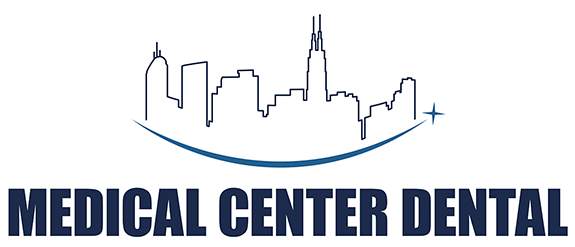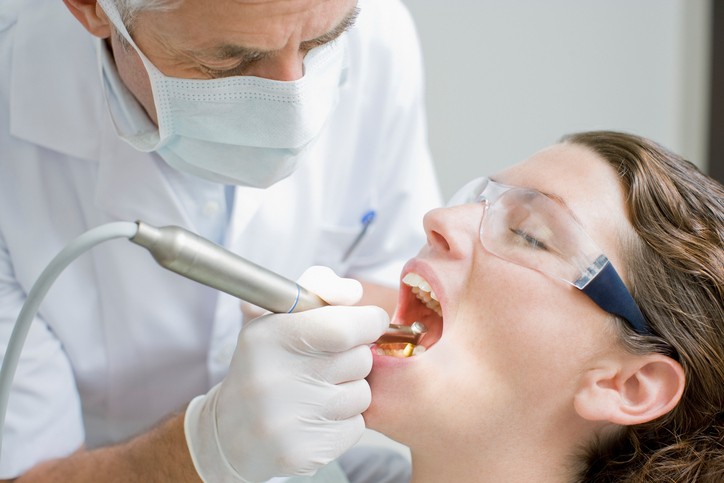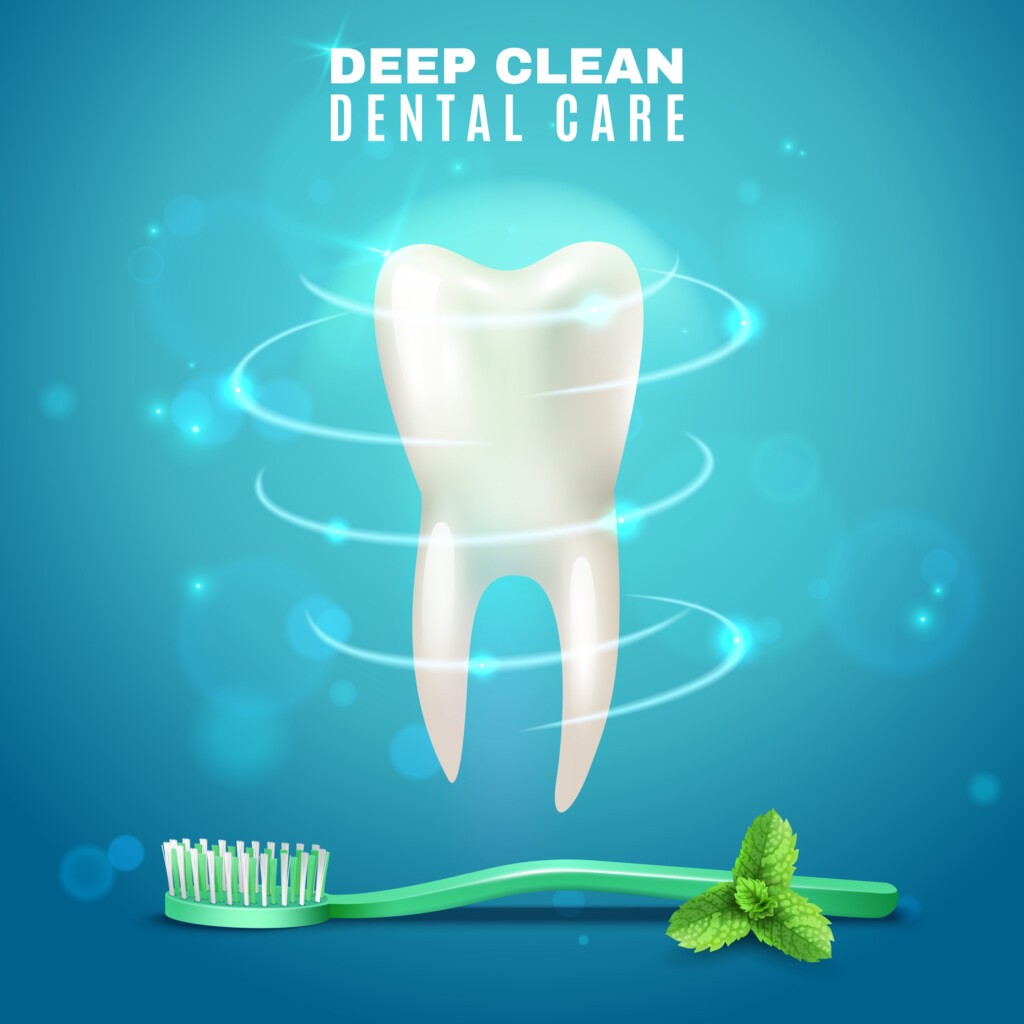The deep scaling and root planing procedure is a type of deep cleaning for your teeth. It is performed to remove all of the calculus (tartar) and plaque deposits found on teeth below the gum line.
With the combination of our daily meals and drinks, natural accumulation of dental plaque can build up on our teeth. While regular brushing can help remove this, it can harden into tartar if left untouched and lead to a variety of dental health complications including gum disease and tooth decay. Below, we’ll discuss the procedure of scaling and root planing, symptoms, warning signs, and the deep cleaning of teeth side effects.
Dr. Dale Brant of Ingenious Dentistry notes, “It is much more than a cleaning. A simple cleaning only involves the area above the gum line. Scaling and root planning is a comprehensive cleaning of the tooth and root surface below the gum line.”
What Is Deep Scaling and Root Planing?
Gum disease, also known as periodontitis, requires the technical skill and knowledge of a trained dental professional for effective treatment. Dental scaling and root planing is a common, non-surgical procedure that helps remove pesky plaque and tartar from your teeth by cleaning both above and below the gum line. This process can help restore the health of your gums and prevent further complications. The root planing follows the scaling process by smoothing out the teeth roots. This process is necessary to help your teeth reattach to the healthier gums.
Why Is It Important?
The process of periodontal scaling and root planing is far more comprehensive than your average routine teeth cleaning. Gum disease can start off minor before quickly progressing into a painful, damaging situation. Seeing a dentist regularly can help identify early signs of gum disease that can often be treated with a simple cleaning. However, untreated gums and teeth require the deep cleaning process of a scaling and root planing.
Signs and Symptoms
While the best way to know if you are experiencing complications from gum disease is to visit a qualified dentist, there are a few signs you can look out for before your next appointment.
- Swollen gums
- Tender, painful gums
- Bleeding gums
- Receding gum line
- Bad breath
- Loose teeth
- New gaps between teeth
- Pain when chewing
Following the deep cleaning, instruments are used to plane or smooth out all of the root surfaces. These techniques help the gums reattach to the roots of teeth and to reduce long-term gum issues like bleeding and inflammation.
As with most medical procedures, it’s important to note that there may be some symptoms immediately following scaling and root planing. It’s important to anticipate these symptoms and to know how to maintain your gums post-procedure.
As Dr. Brant says, “There may be some mild discomfort that can be taken care of by over-the-counter medications, such as Advil or Tylenol.”
Here as some common symptoms that patients experience.
- Tooth Sensitivity. You may feel a new sensitivity to temperature changes and/or sweet food and drinks. The sensitivity to temperature may be particularly acute for the first two or three days following treatment. In some situations, it may take a few weeks before all sensitivity disappears
- Bleeding. This temporary sensitivity will extend to your gums and you might experience some slight bleeding during brushing immediately following the procedure. This bleeding should decrease and then ultimately cease within three days.
- Discomfort and Pain. Many patients ask us if scaling and root planing is painful and the answer is that there can be discomfort. The procedure does sometimes require the use of a local anesthetic. If so, it’s important to avoid chewing any foods or gum until full feeling returns to avoid injuring your numbed tongue and cheeks. Until you have fully feeling, avoid eating any sticky, hard, brittle, spicy, or acidic foods.
Homecare Tips to Reduce Symptoms and Hasten Healing
Dr. Brant notes that following the procedure, “The hygienist will go over proper home care with the patient.” Instructions may include:
- Rinse Regularly. Use either an antimicrobial mouthwash or a warm saline rinse 2 to 3 times a day for the first week following treatment. Once you have returned to normal, use of such rinses should be limited to once a week.
- Use a Desensitizing Toothpaste. Extreme tooth sensitivity may tempt you to ignore your regular brushing habits. This can bring on other tooth and gum issues. You can keep the good habits without the pain by using a special desensitizing toothpaste containing potassium nitrate.
- Rethink Your Diet. Implement a diet of softer foods, such as steamed vegetables and soups, until all the above symptoms cease.
Dr. Brant says, “Scaling and root planing provide deep cleaning for teeth and can ensure that the gums supporting the teeth are clean and healthy. At Ingenious Dentistry, we will examine your teeth and gums to determine if you have gum disease and if scaling and root planning is a proper treatment for you.”
What to Expect Post-Procedure
This procedure can save you plenty of future toothaches and complications, but there are still a few symptoms to be mindful of afterward.
For further information or to schedule a consultation, contact Ingenious Dentistry, today. We can also help with root canals, laser gum treatments, and general dentistry.
Call us today for immediate scheduling 713-795-5905




